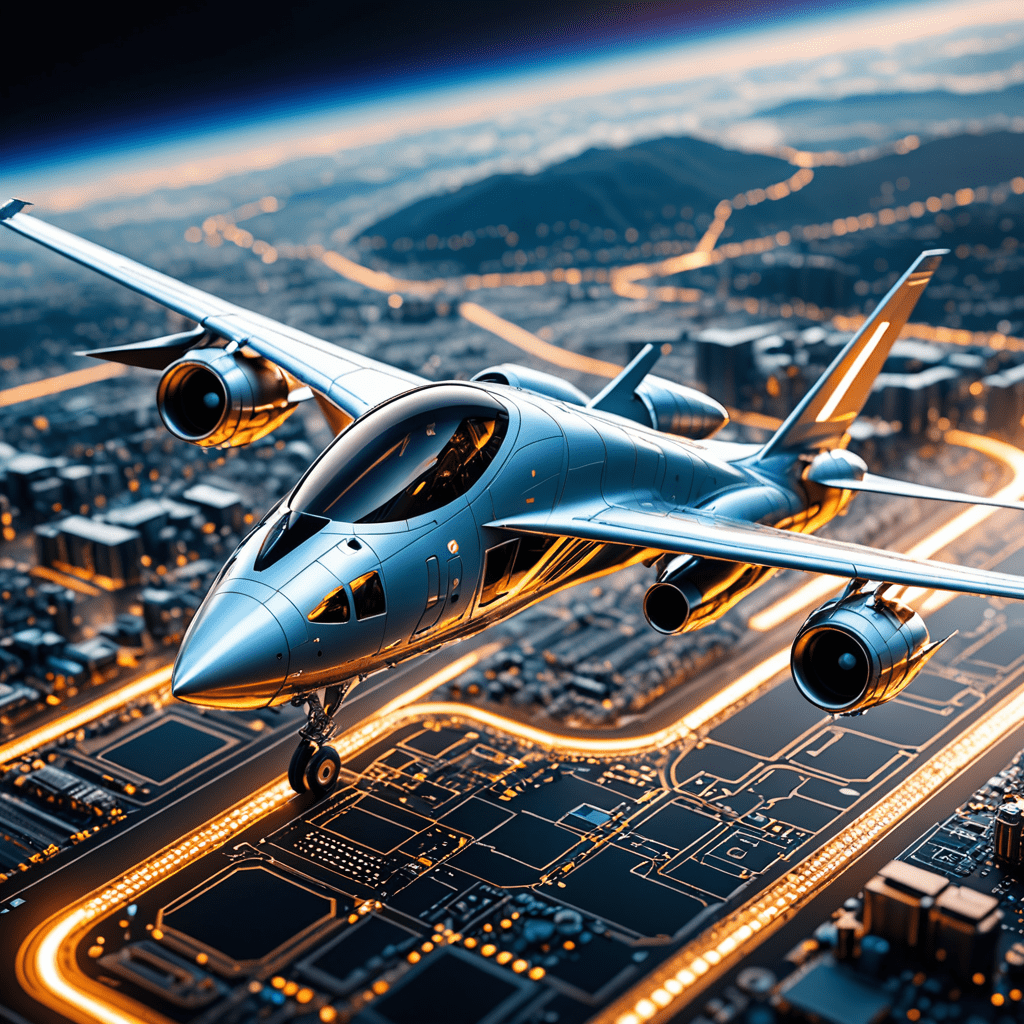
Nanotechnology in Aerospace Materials: Revolutionizing Flight Technology
Introduction
Nanotechnology, the manipulation of matter at the atomic and molecular scale, has been making groundbreaking strides in aerospace materials. This cutting-edge technology is revolutionizing the field of flight technology, offering remarkable benefits and advancements.
Nanostructured Materials in Aerospace
In aerospace, nanostructured materials are being utilized to enhance the performance and durability of aircraft components. These materials, engineered at the nanoscale, possess exceptional strength-to-weight ratios and extraordinary mechanical properties, making them ideal for use in aircraft construction.
Improved Fuel Efficiency and Performance
By incorporating nanomaterials into aircraft design, manufacturers can significantly reduce weight while maintaining structural integrity. This results in improved fuel efficiency, enhanced aerodynamics, and overall better performance of aircraft, leading to reduced operational costs and environmental impact.
Enhanced Safety and Durability
Nanotechnology is also enhancing the safety and durability of aerospace materials. Nano-coatings and composites provide superior protection against corrosion, wear, and extreme temperatures, thereby increasing the lifespan of aircraft components and ensuring passenger safety during flights.
Impact on Aerospace Industry
The integration of nanotechnology in aerospace materials is reshaping the industry landscape. It is fostering innovation in aircraft design, enabling the development of advanced propulsion systems, lighter airframes, and more efficient energy storage solutions. These advancements are driving the evolution of flight technology towards greater sustainability and performance.
Future Prospects and Challenges
As nanotechnology continues to evolve, the future of aerospace materials holds immense potential. Researchers are exploring novel nanomaterials, such as graphene and carbon nanotubes, for even greater advancements in flight technology. However, challenges such as scalability, cost-effectiveness, and regulatory considerations remain crucial aspects to address for widespread adoption in the aerospace sector.
Conclusion
In conclusion, nanotechnology is playing a pivotal role in revolutionizing aerospace materials and flight technology. With its ability to enhance efficiency, safety, and performance, nanomaterials are driving innovation in aircraft manufacturing and paving the way for a new era of sustainable aviation. Exciting developments lie ahead as researchers and engineers continue to unlock the full potential of nanotechnology in the aerospace industry.
FAQs about Nanotechnology in Aerospace Materials
What is nanotechnology in aerospace materials?
Nanotechnology in aerospace materials involves manipulating materials at the nanoscale level to enhance the performance of components used in aircraft, spacecraft, and related technologies.
How does nanotechnology revolutionize flight technology?
Nanotechnology revolutionizes flight technology by improving the strength, lightweight properties, and resistance to extreme conditions of materials like composites and metals, leading to more efficient and durable aircraft and spacecraft.
What are some examples of nanotechnology applications in aerospace materials?
Examples include carbon nanotubes used in structural components for strength, nanocoatings for improved aerodynamics, and nanocomposites for reducing weight while maintaining durability in aircraft parts.
How does nanotechnology benefit the aerospace industry?
Nanotechnology benefits the aerospace industry by enabling the development of advanced materials that improve fuel efficiency, reduce maintenance costs, enhance safety, and allow for the construction of more sustainable and high-performance aircraft.
Are there any challenges or risks associated with nanotechnology in aerospace materials?
While nanotechnology offers numerous advantages, challenges such as scalability, cost-effectiveness, and potential environmental impacts need to be addressed. Additionally, ensuring the safety and reliability of nanomaterials in aerospace applications is crucial.

